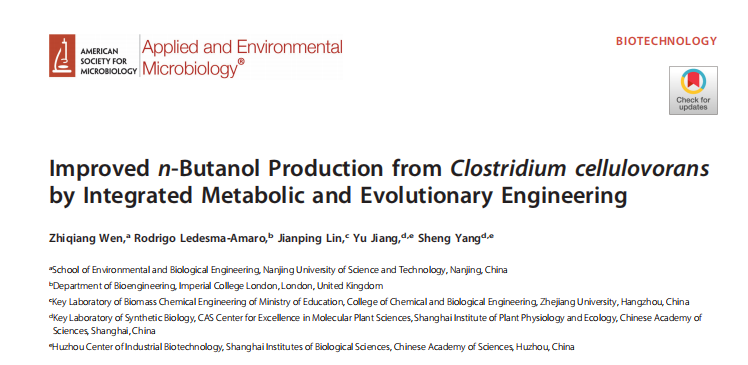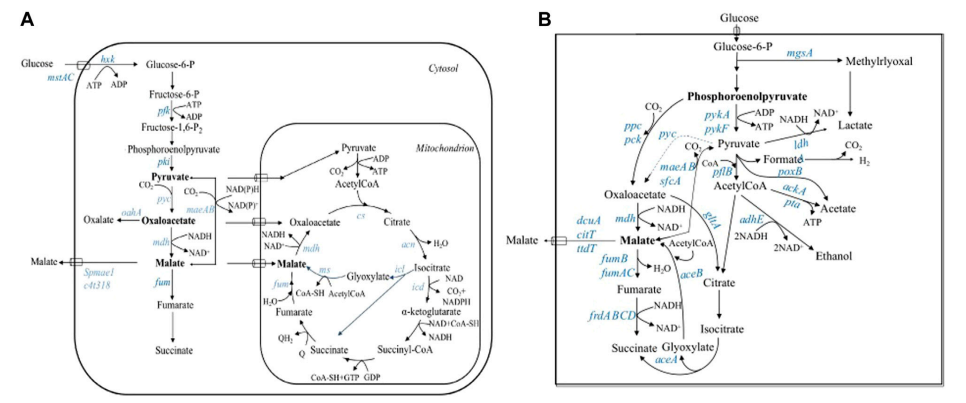Researchers at the Max Planck Institute of Land Microbiology have developed a synthetic biochemical cycle that directly converts carbon dioxide into the core acetyl CoA. Researchers are able to implement each of these three cycle modules in Escherichia coli, which represents an important step in achieving the synthesis of carbon dioxide fixation pathways in a living cell environment.

Developing new methods for capturing and converting carbon dioxide is crucial in addressing climate emergencies. Synthetic biology has paved the way for designing new natural pathways for carbon dioxide fixation, which are more effective in capturing carbon dioxide than natural developmental pathways. However, achieving these new natural pathways in different in vitro and in vivo systems remains a fundamental challenge. Now, researchers from Tobias Erb’s team have designed and constructed a new synthetic carbon dioxide fixation pathway, known as the THETA cycle. It contains several central metabolites as intermediates and acetyl CoA as its output from the central building block. This characteristic makes it possible for it to be divided into modules and integrated into the central metabolism of Escherichia coli.
Related Services
Escherichia coli Metabolic Engineering
Preparation of Polysaccharide-based Materials by Synthetic Biology
The entire THETA cycle involves 17 biocatalysts and is designed around the two fastest known carbon dioxide fixing enzymes: crotonyl CoA carboxylase/reductase and phosphoenolpyruvate carboxylase. Researchers have discovered these powerful biocatalysts in bacteria. Although each carboxylase captures carbon dioxide more than 10 times faster than the carbon dioxide fixing enzyme RubisCO in chloroplasts, evolution itself has not enabled these capable enzymes to bind together in natural photosynthesis.The THETA cycle converts two CO2 molecules into one acetyl CoA in one cycle. Acetyl CoA is a central metabolite in almost all cellular metabolism, and is a component of a series of important biomolecules such as biofuels, biomaterials, and drugs, making it a compound of great interest in biotechnology applications. After constructing a loop in a test tube, researchers can confirm its function. To test its feasibility in vivo, it should be gradually incorporated into live cells. To this end, researchers divided the THETA cycle into three modules, each of which was successfully implemented in Escherichia coli. The functionality of these modules was validated through growth coupling selection and/or isotope labeling.
“The uniqueness of this cycle is that it contains several intermediate products that play a central metabolite role in bacterial metabolism. This overlap provides an opportunity to develop modular methods for it. The main author of the study, Shanshan Luo, explained,” We were able to demonstrate the function of three independent modules in E. coli. However, we have not yet successfully closed the entire cycle so that E. coli can grow completely with carbon dioxide. Closing the THETA cycle remains a major challenge, as all 17 reactions need to be synchronized with E. coli’s natural metabolism, which naturally involves hundreds to thousands of reactions. However, showcasing the entire cycle in vivo is not the only goal. “Says,” Our cycle has the potential to become a multifunctional platform by expanding its output molecule, acetyl CoA, to directly produce valuable compounds from carbon dioxide. “
Tobias Erb added, “Introducing a portion of the THETA cycle into living cells is an important principle of synthetic biology. This modular cycle implemented in E. coli paves the way for highly complex and orthogonal novel natural carbon dioxide fixation pathways in cell factories. We are learning to completely reprogram cellular metabolism to create a synthetic autotrophic operating system for cells.”









